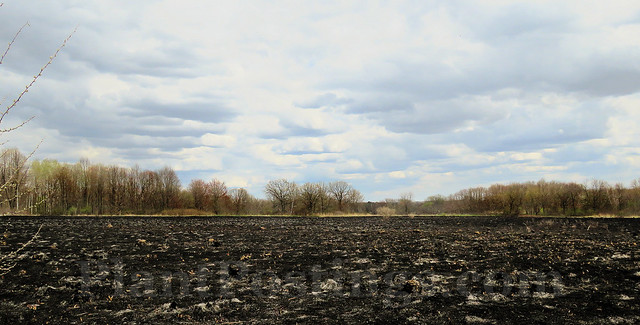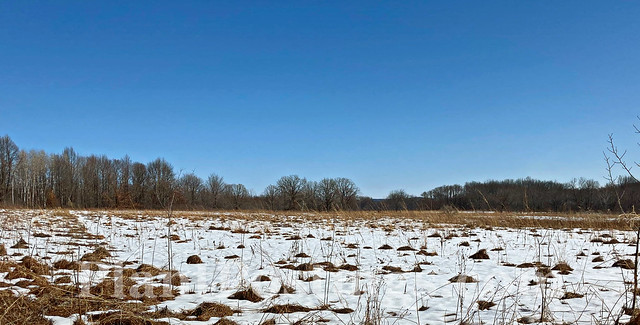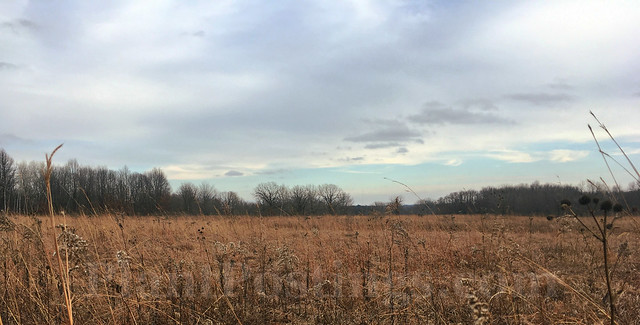 |
| July 22: prairie midsummer [Click on images to enlarge for detail.] |
 |
| May 31: prairie at end of spring |
 |
| April: prairie following a prescribed burn |
 |
| March: prairie just before snowmelt |
 |
| December: prairie before the snow |
 |
| July 22: prairie midsummer [Click on images to enlarge for detail.] |
 |
| May 31: prairie at end of spring |
 |
| April: prairie following a prescribed burn |
 |
| March: prairie just before snowmelt |
 |
| December: prairie before the snow |
DEAR ANONYMOUS VISITORS: Please include your FIRST NAME. We need to know you're a real person. Security updates mean your comments likely will NOT be published unless you include your name. Sorry. Also, comments with hyperlinks might not make it through the heightened security system.
Other options: Click on the arrow next to "Anonymous" and choose either "Google Account" or "Name/URL"...
Your comment might not appear right away (even though we love you). PlantPostings uses comment moderation, and we read every comment before we publish.
Thanks for stopping by! Have a great gardening day!
It's nice to see confirmation that the people who managed the prescribed burn knew what they were doing.
ReplyDeleteYes, indeed. There were many prescribed burns around the area this spring, and all the prairies look great. They could use a little more rain, but they will recover because of the plants' deep taproots. :)
DeleteLucky you that you get to see this wonderful ecosystem through out the year. I had Rattlesnake Master in my garden for several years. Last year I cut and dried the heads for a dried arrangement and they didn't come back this year. I will have to get some more. I just love the texture and the bees love them too.
ReplyDeleteFun! I've never tried to grow Rattlesnake Master...I'll have to do that if I ever have a sunny garden again. Definitely plants with personality!
DeleteP.S. I love the picture of the Rattlesnake Master. I have never seen them in the wild.
ReplyDeleteThey are thick in the prairies around here. I thought this particular spot would have more colorful plants this time of year, though. I think I should have picked a different spot--others in the area are much more colorful. Oh well. Maybe the sunflowers and asters will fill this area in the fall. We will see...
DeleteIt is beautiful.
ReplyDeleteYes, it is. The entire expanse is luscious. I picked one of the least colorful spots, but oh well. The entire prairie hike is really special.
DeleteWhat a treat to see this in all seasons. I especially like that you included the landscape after a prescribed burn--such an important part of a healthy prairie ecosystem. Lovely set of photos, Beth.
ReplyDeleteYes, it is a treat. :) I was so fortunate to happen upon it soon after the burn. It will be interesting to see if the plant life shifts and changes next spring and summer. Other spots in this prairie are much more colorful, but I wanted to photograph the same section over the seasons. The Rattlesnake Master is fascinating, though.
DeleteMagical, how seasons change the land. No words needed!
ReplyDeleteIt is fun to compare. I thought there would be more color, but this particular section is mostly grasses, rattlesnake master, bee balm, and a few others. There may be more color when the sunflowers and asters bloom in late summer/early autumn.
DeleteLoved seeing the changes, fantastic captures!
ReplyDeleteThank you. It has been fun to follow this particular spot in the prairie for several months. I think I'll continue it into next spring/summer, because the plants might change a year after the prescribed burn.
DeleteDo you ever read The Prairie Ecologist blog by Chris Helzer? He just had a big post about prescribed burns and all the complications and tradeoffs in planning one.
ReplyDeleteI'm familiar with the blog. I'll check it out again. Thanks, Jason!
Delete